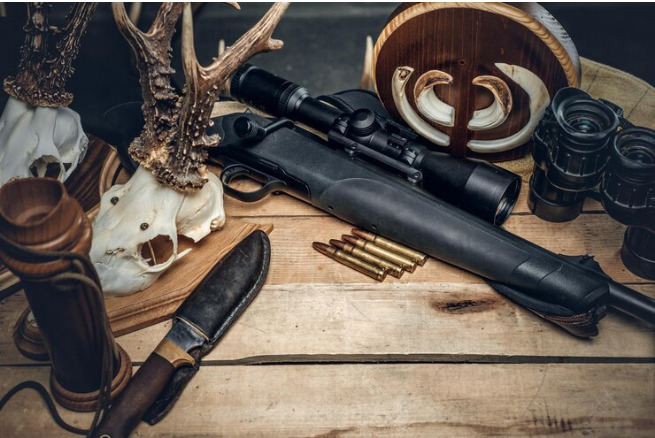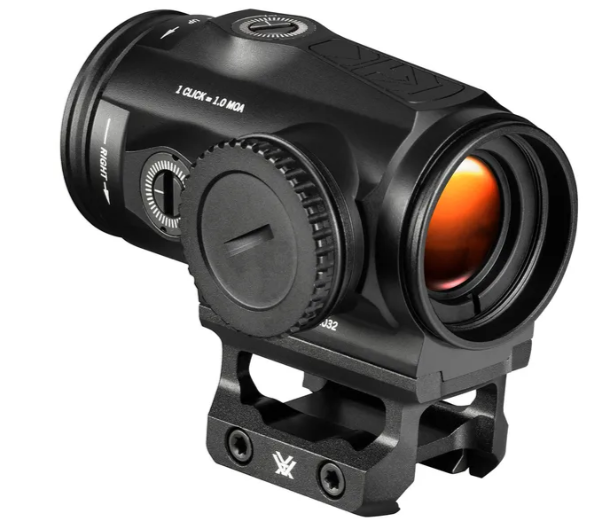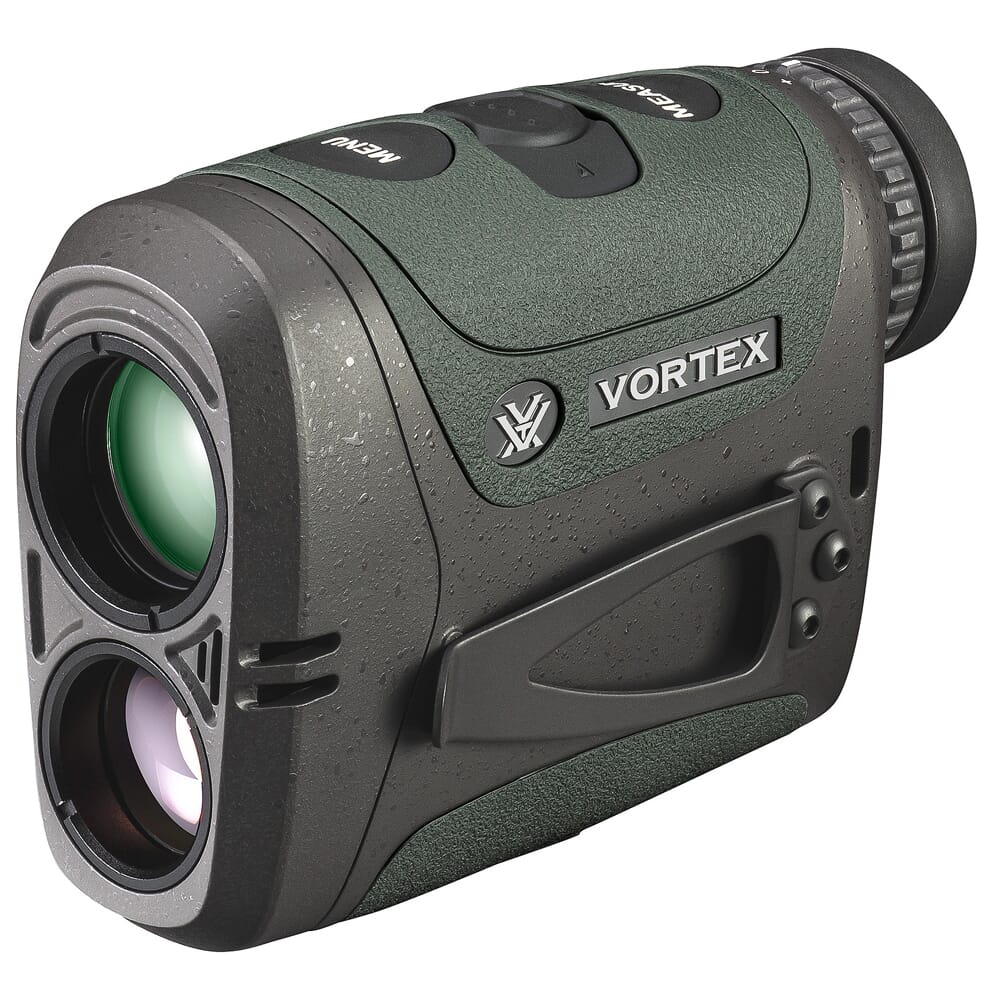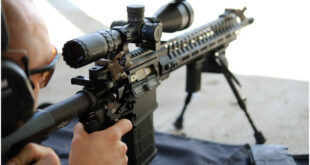
A clear spring morning, gobblers and big toms on the chase, and adrenaline at its peak! Does it get any better than that? Only passionate turkey hunters know.
Turkey hunting goes back as far as 1620 and while this sport took a backseat some forty years ago, there’s no keeping the come-of-age hunters away from woods. Thanks to outdoor TV and shotgun-confident youngsters looking to enter the exciting world of hunting,
Whether you are a newbie or a pro, here’s a look at five must-have hunting gears to amp up your hunting spirit.
1. Say Yes To Camouflage Blinds
Turkeys have excellent eyesight and can detect hunters from a distance. So, blending with your surroundings is your best cue.
When it’s early spring and the overgrowth is lush and green, a camouflage blind with its green patterns will help you blend easier and remain undetected. Also, blinds are a great cover if you’re out with a novice hunter who can draw in a few mistakes.
Pro tip: Turkey hunting is no different from deer hunting. The key is to move less and focus more. If a big tom spots you, remain still. Wait for the animal to change ground, which is your best opportunity to aim and fire. A hunter shifting positions too often invites bad luck. If a turkey feels threatened, it will fly back deep into the jungle, leaving you on a wild goose chase.
2. Gunning It Right
In turkey hunting, a headshot equals a kill shot. Precisely because you don’t want to put a bullet through its body as it will affect the bird’s meat after the kill. The shotgun, turkey loads, and right choke do make a difference.
Let’s start with your primary gear shotgun. The preferred shotguns for turkey hunting are 12 and 20-gauge. Seasoned hunters already have them, and a little modification can turn them into great turkey shooters.

- Ensure the sighting system resembles a typical gun that shoots a single projectile. Vortex scopes are a great option as they single out point-shoot.
- When hunting for the first time, consider vortex red dot sight, especially in a short-range shooting scenario. Besides, they promise excellent field view, and you can do without magnification at a realistic distance.
- Try to have at least two inline beads in your gun to allow decent alignment. For pro hunters looking to get better at their game, consider mounting optics on your gun. It will not only make you faster but also help you focus better.
- In a typical close-range scenario, handguns for turkey hunting will come in handy. Fair warning, handguns demand excellent command over your weapon and marksmanship. Popular choices for big calibre shooting (50-60 yards) include Smith & Wesson Performance Center Model 629 .44 Magnum Hunter and N-frame model revolvers. Equipped with a muzzle brake and a rather large rubber grip, it helps control the recoil. The top rail also allows for effortless optics mounting.
3. Chokes and Ammunition

Both 12 and 20-gauge shotguns have interchangeable chokes to screw things in and out of the barrel end. To make it ideal for turkey hunting, swap the default to a dedicated turkey hunting choke. That way, you can put more power into a single shot.
For hunters who plan on shooting from a distance beyond 25 yards, say with at least a 3-inch, 12-gauge, you are looking at a full choke. Anything more than 35 yards demand an aftermarket choke.
The last significant bit is the ammo. There are particular turkey loads available that come in different sizes. The popular ones are number 4 and number 6 loads, which maximize range and add to the killing power. Typically, a 2 ¾-inch and 3-inch magnum tungsten load is enough to put a turkey to stop well over 50 yards.
4. Keep a Rangefinder Handy

Setting a yard-killing zone is the last step before you make a turkey call.
Rangefinders can help you gauge the distance of trees and bushes and ensure there’s nothing between your gun and the animal. So, when a gobbler passes, you know when to pull the trigger. Typically, a vortex rangefinder carries a magnification of 7x and above, along with angle-compensation and fast-scan mode to track movement.
5. Turkey Calls Can Be Your Best Friend
Undeniably, turkey calls are great modern-day hunting gear. Especially glass surface pot calls that can mimic a range of turkey sounds to draw it out in the open. It does require a little practice, but soon enough, you can master all the basic turkey callings like purrs, clucks, soft clucks, and cutting. Spend time learning the basic calls and using them to your advantage to bring the animal into your shooting range.
Follow the Basics to Hunt Big
There is no surefire formula for turkey hunting. If a method works for a seasoned hunter, it doesn’t mean it’s the best strategy for you. In fact, you might have to try a few different methods to know what’s working at your end. Sit-and-call remains the popular way of turkey hunting, but if you like to sprint and hunt, by all means, go for it!
Novice hunters must remember that turkeys are alert animals. So, whatever you do, never spook them, or else you go back home empty-handed. If these animals take flight, it’s nearly impossible to draw them back to the same place.
The turkey hunting season opens in the spring of 2024. And, among other kinds, the gobblers, with their large, dark feathers giving a radiant finish under the sun, remain the most wanted. With the right hunting gear, you will always have a better chance to make it big.
 www.GunsandOptics.com Tactical & Hunting Gear Review
www.GunsandOptics.com Tactical & Hunting Gear Review






